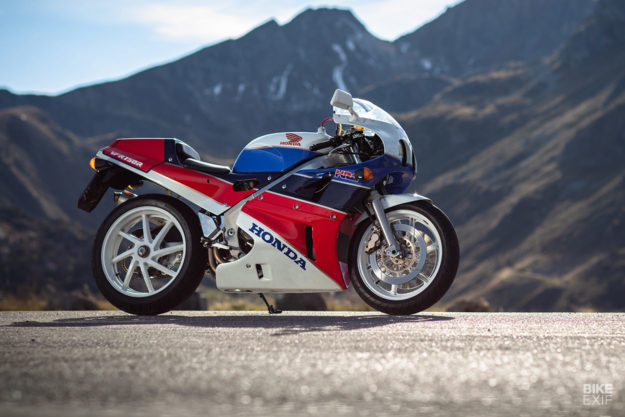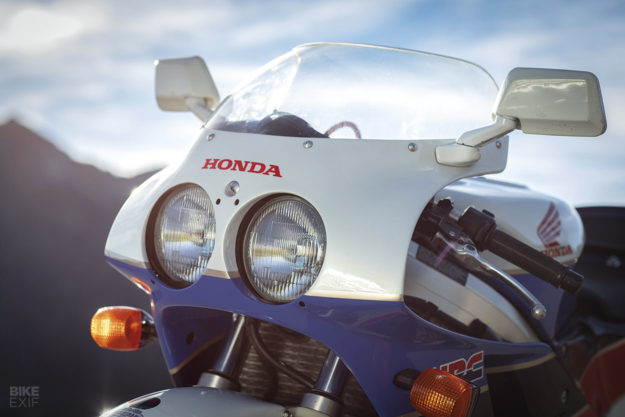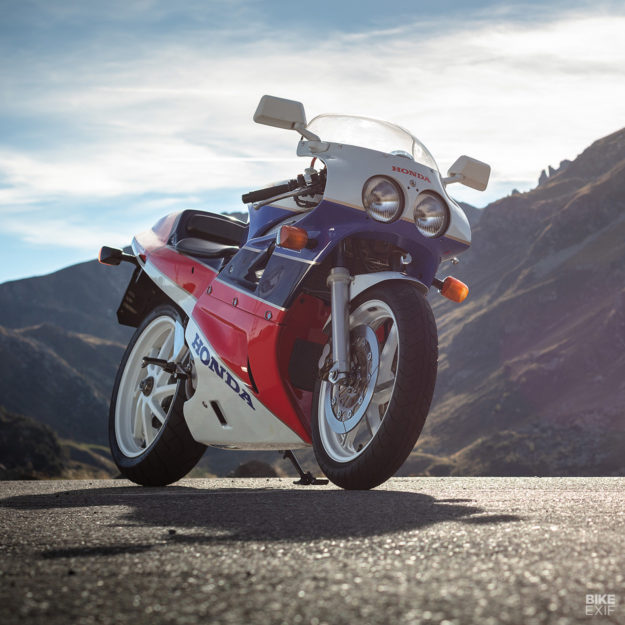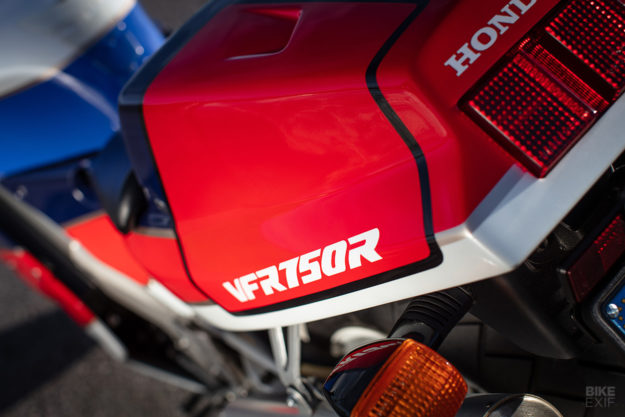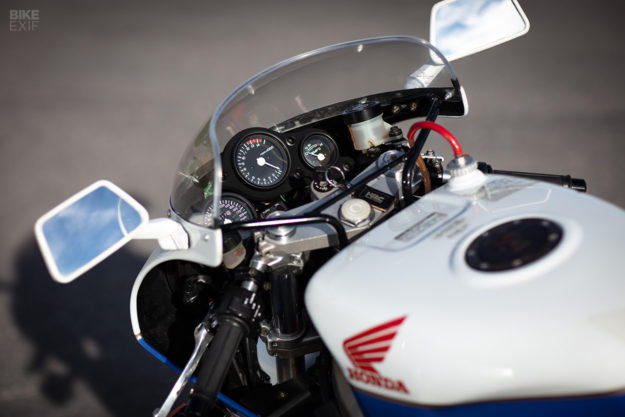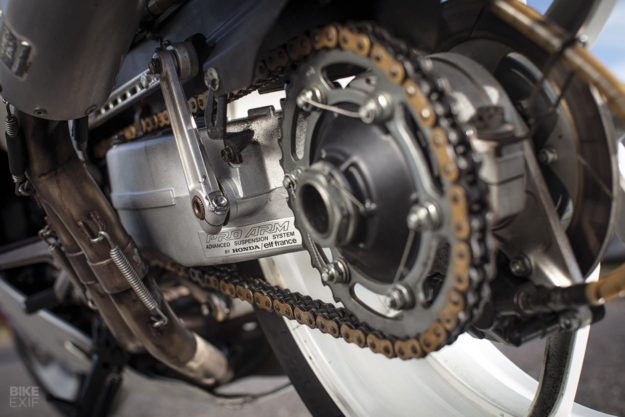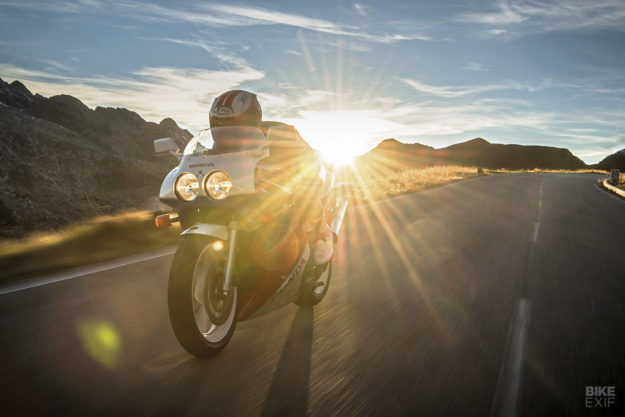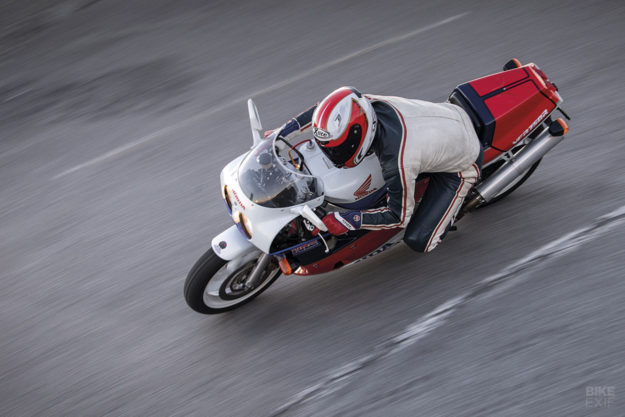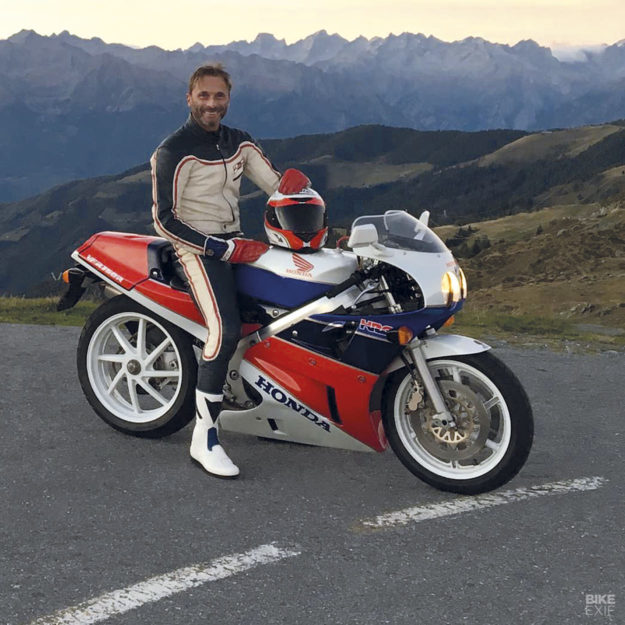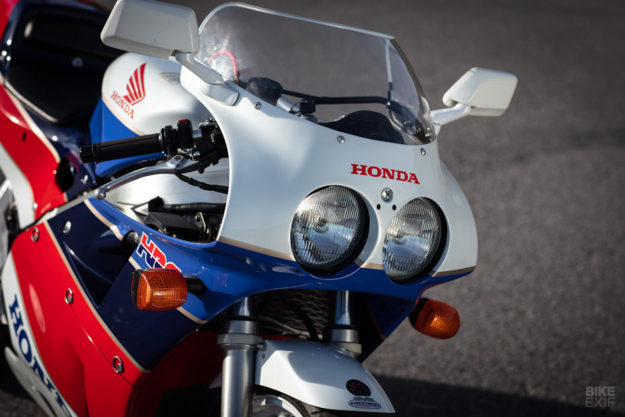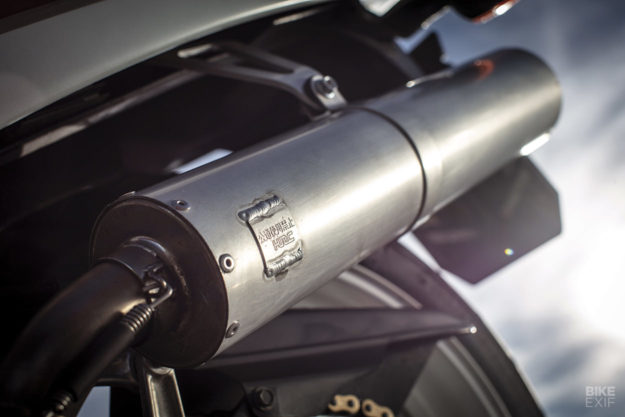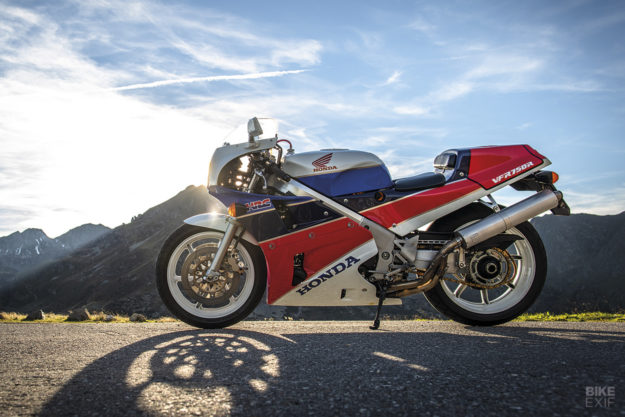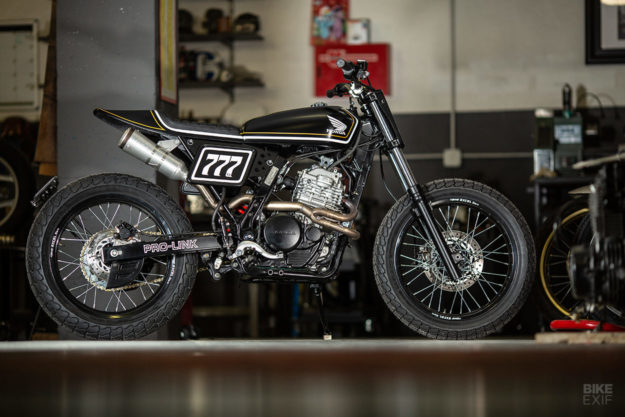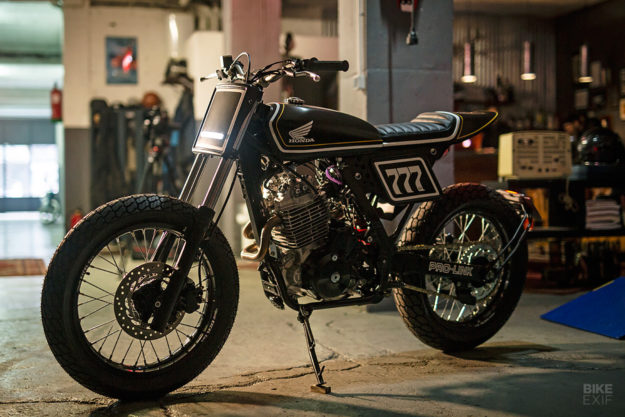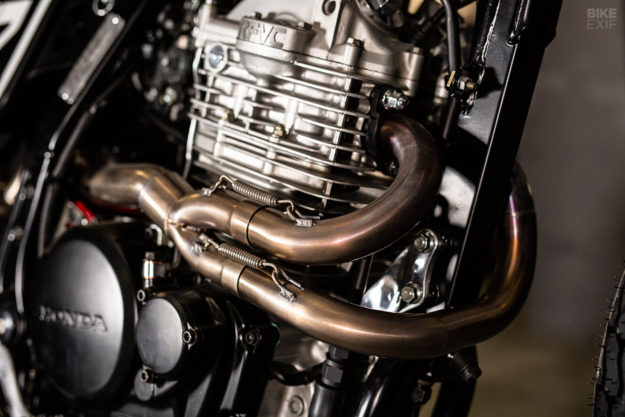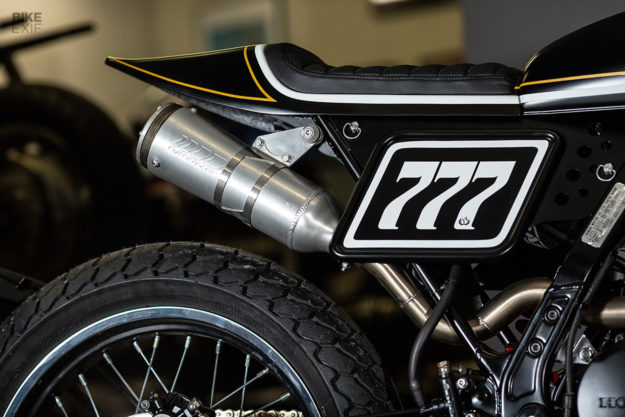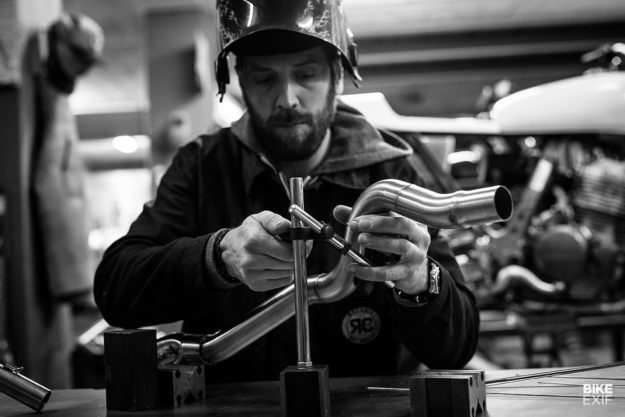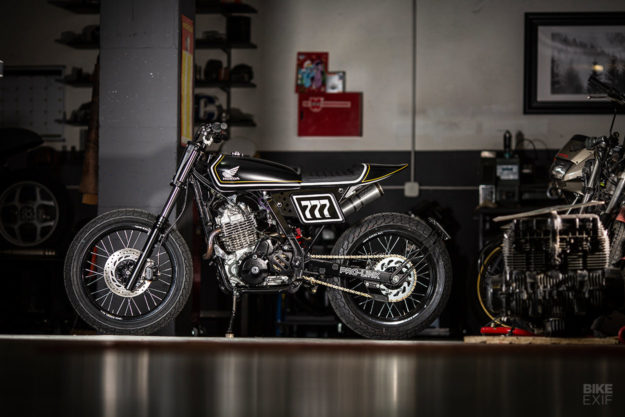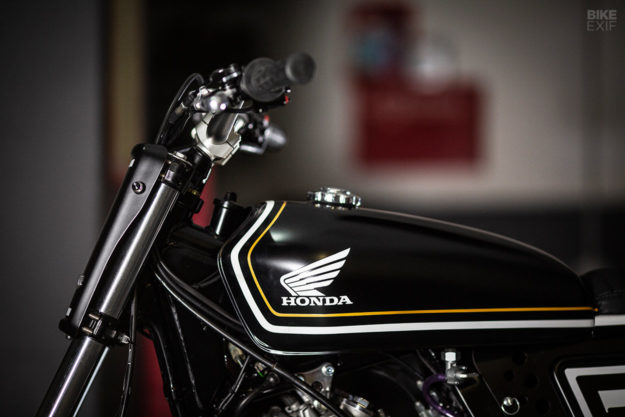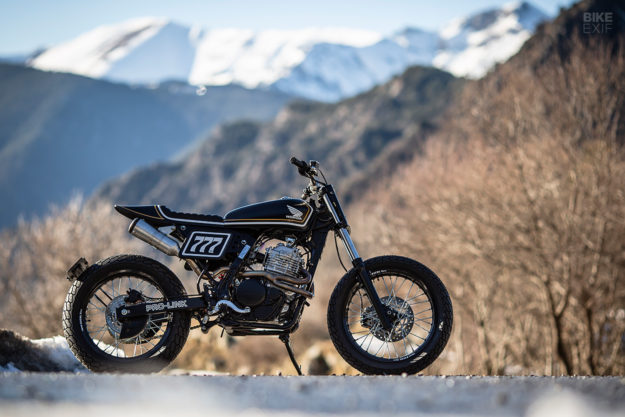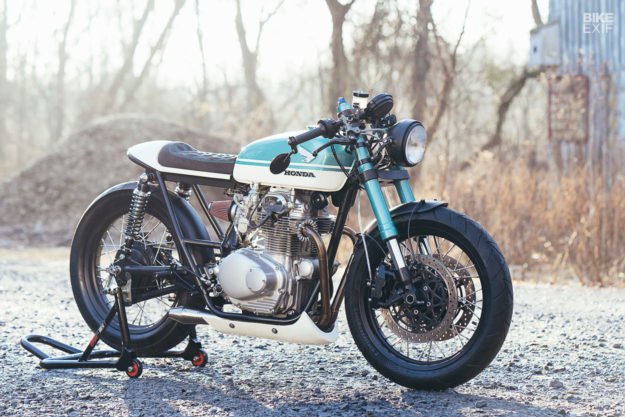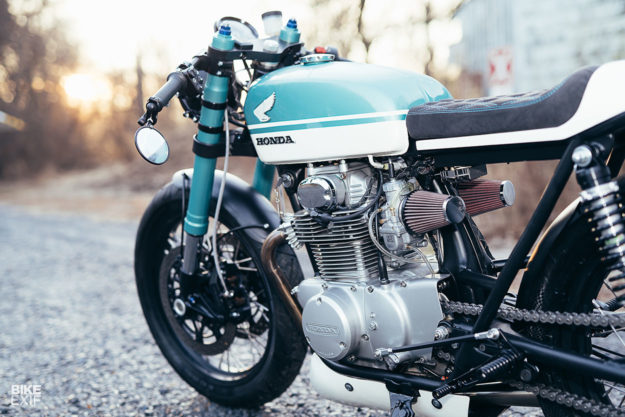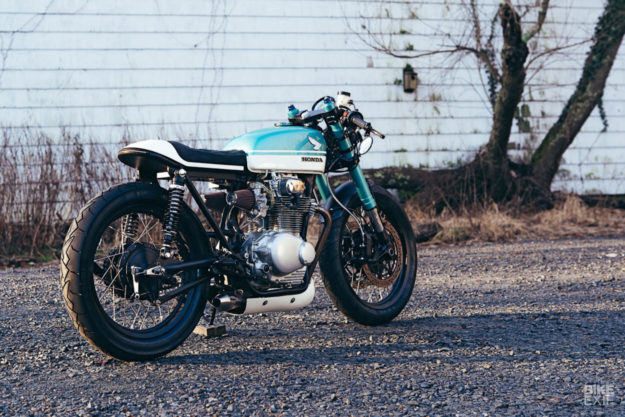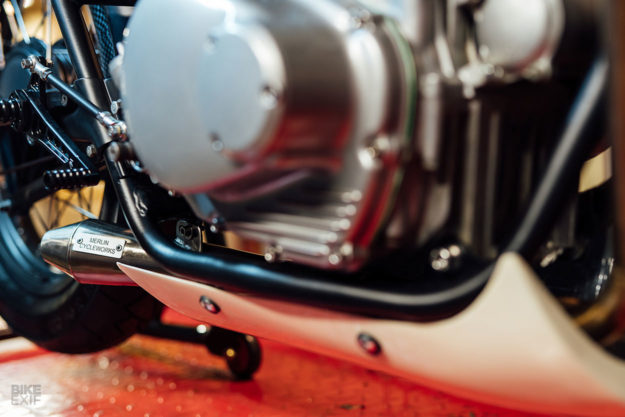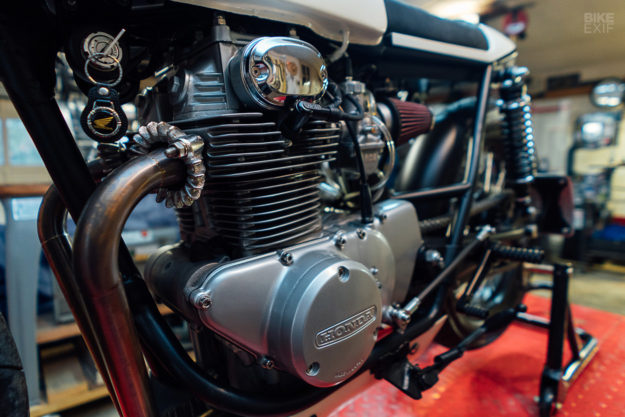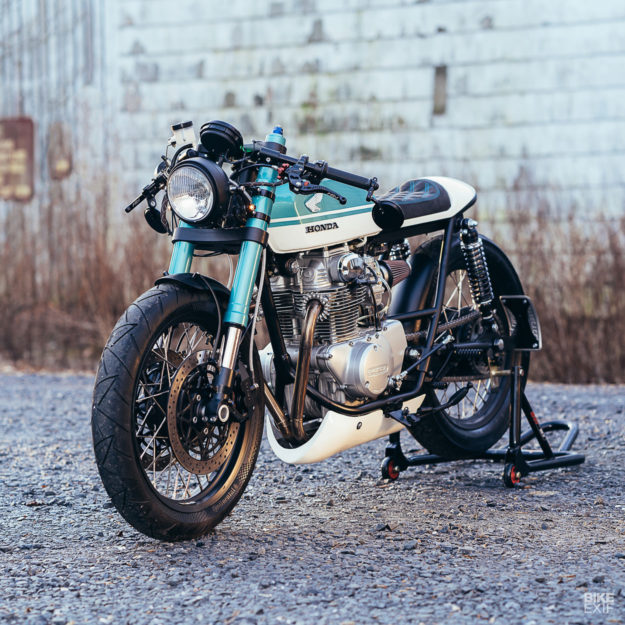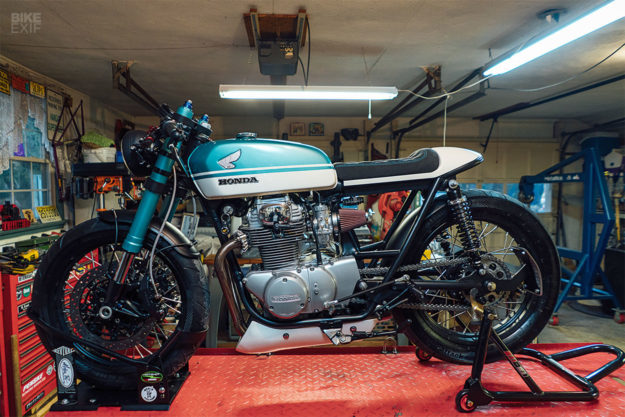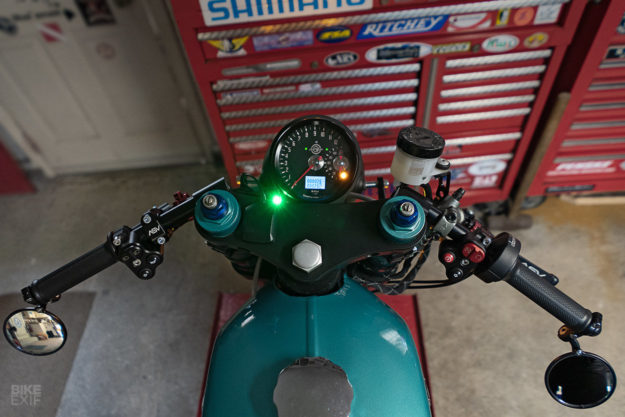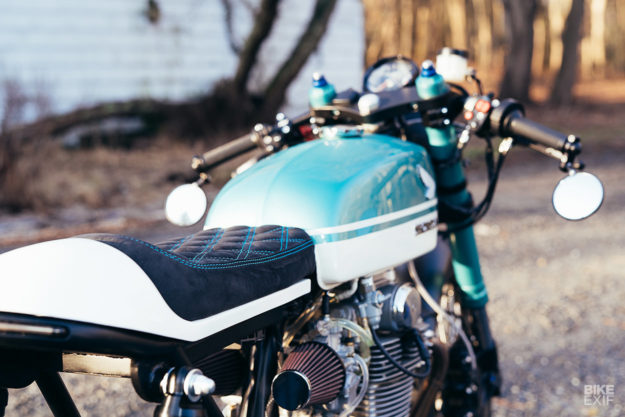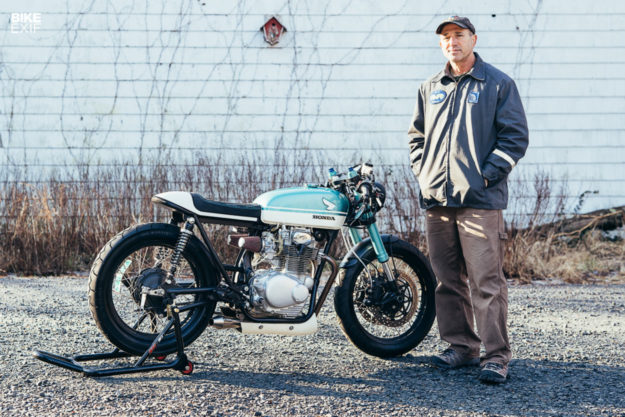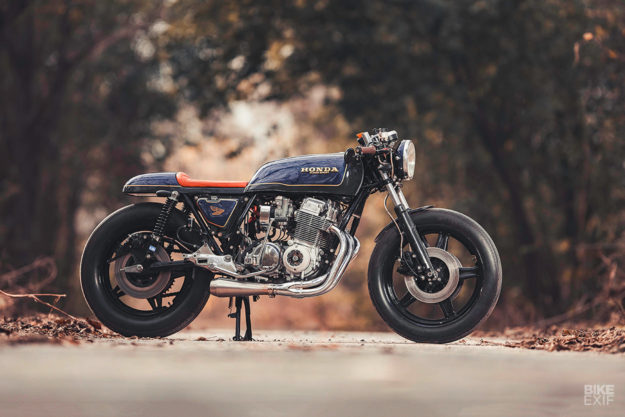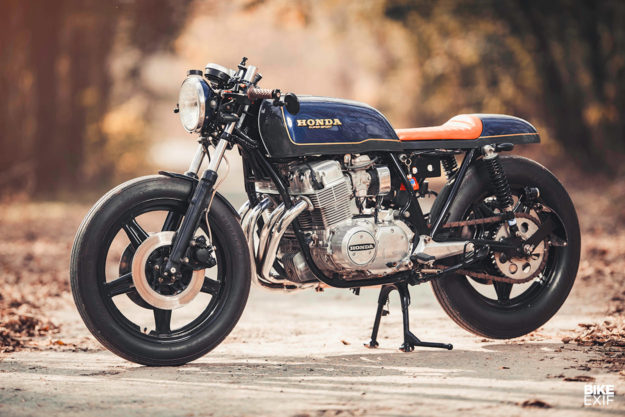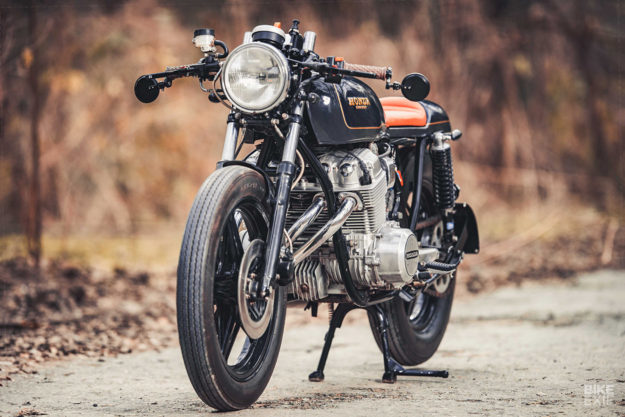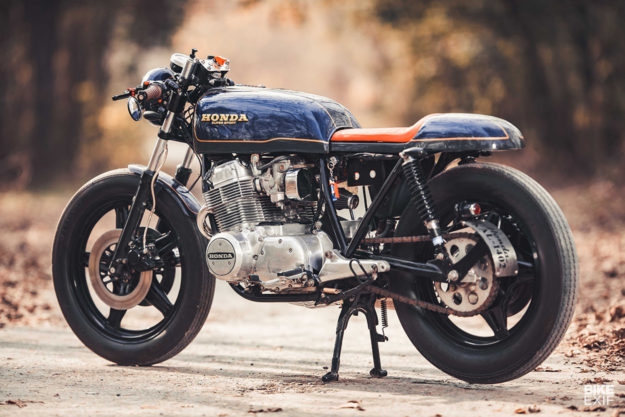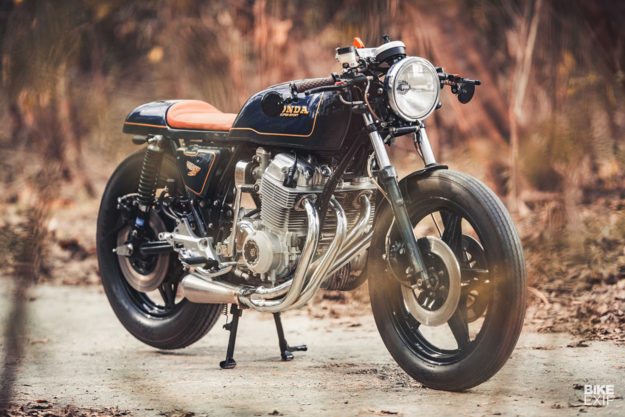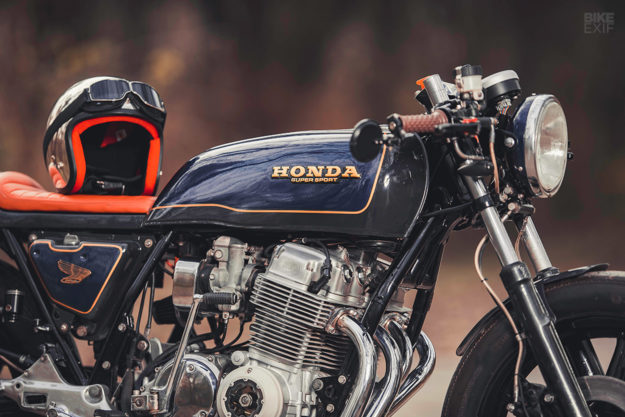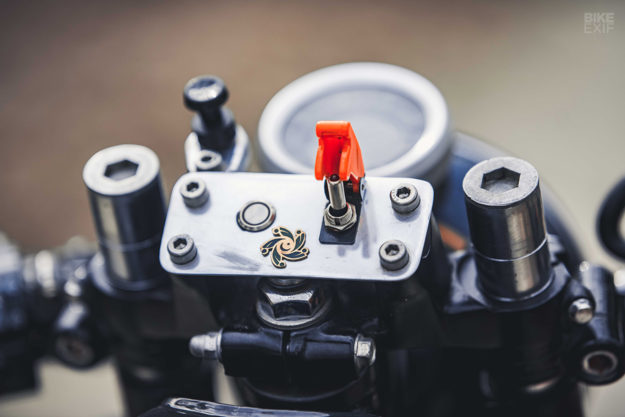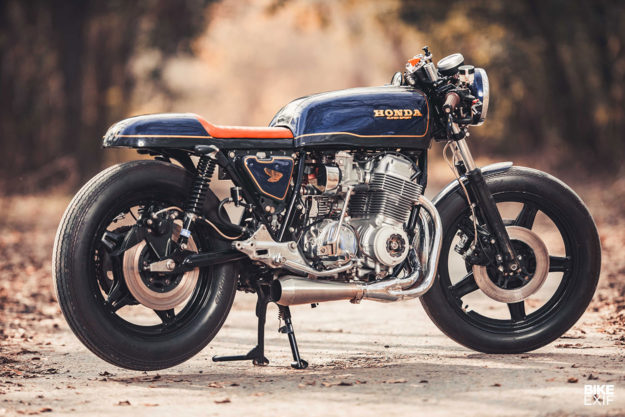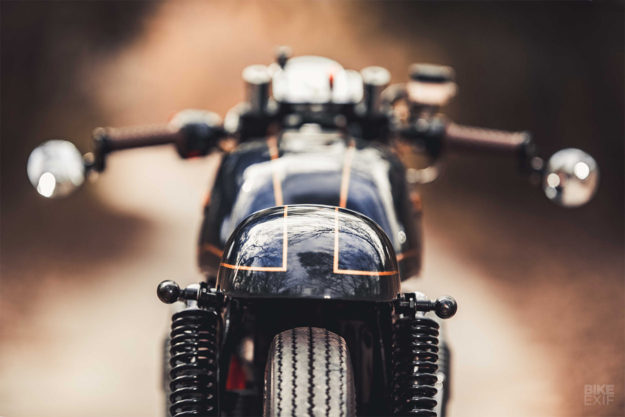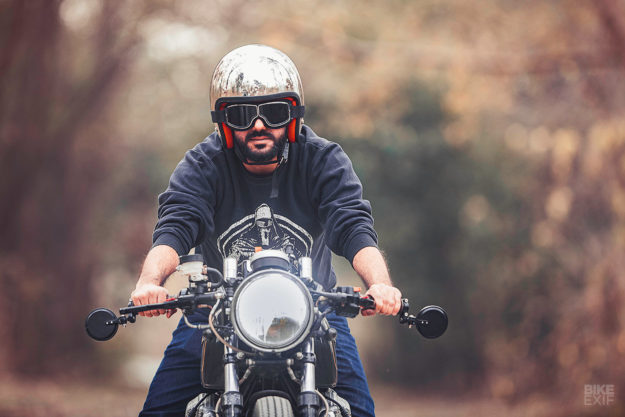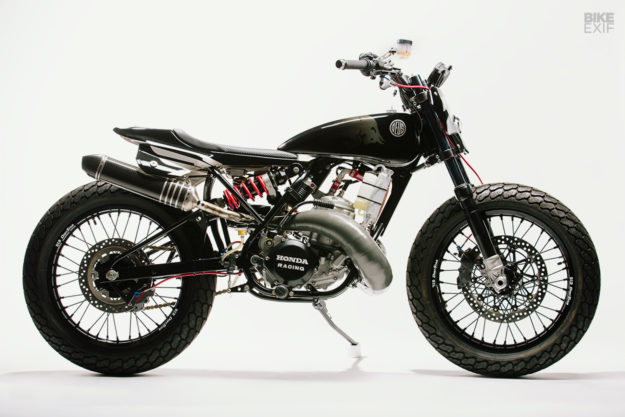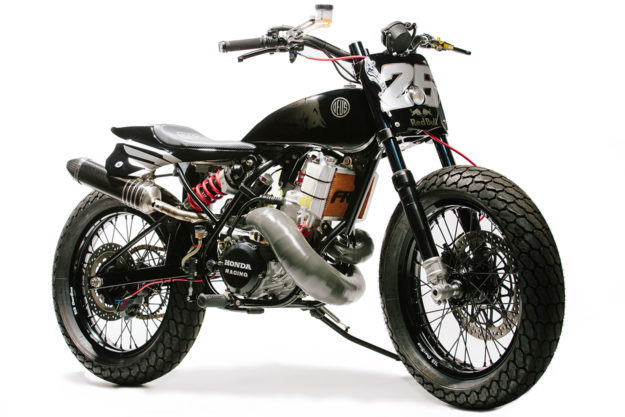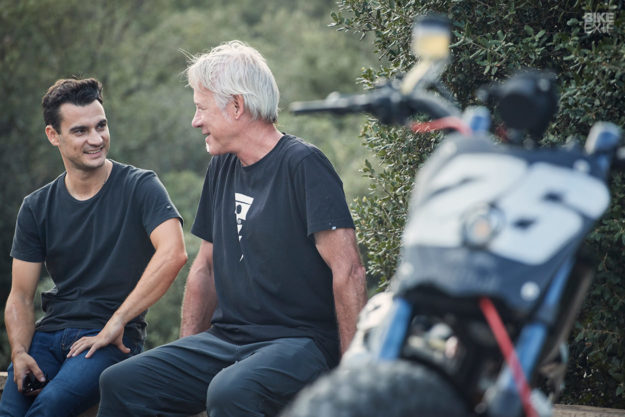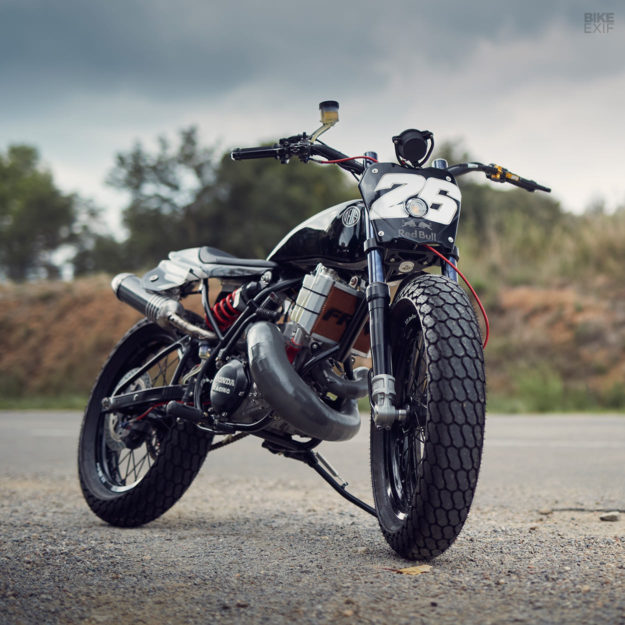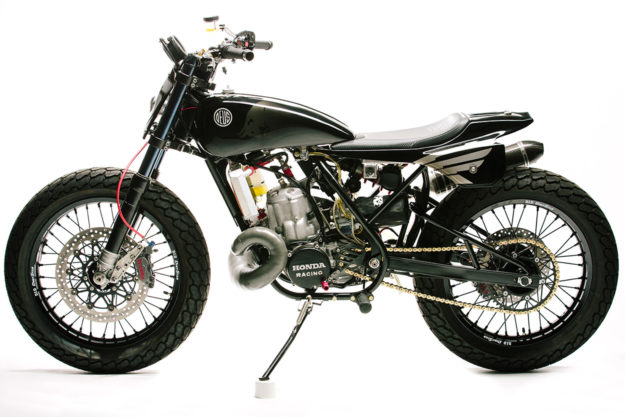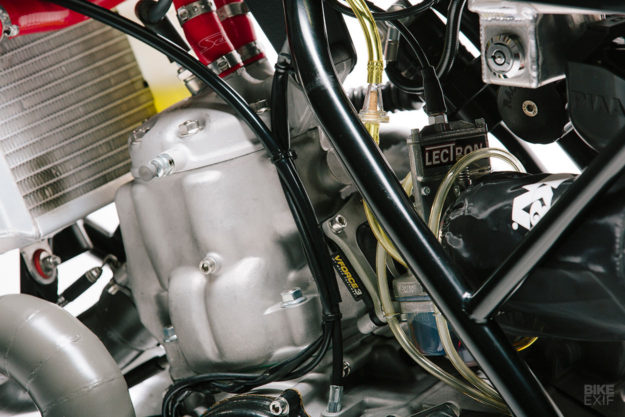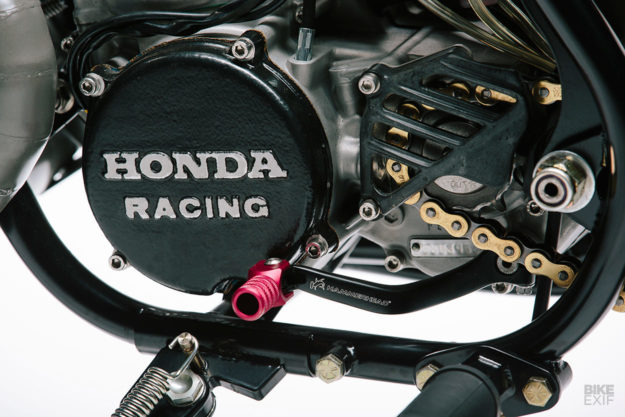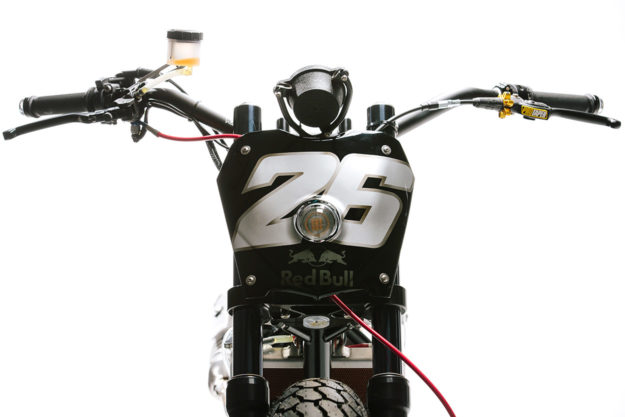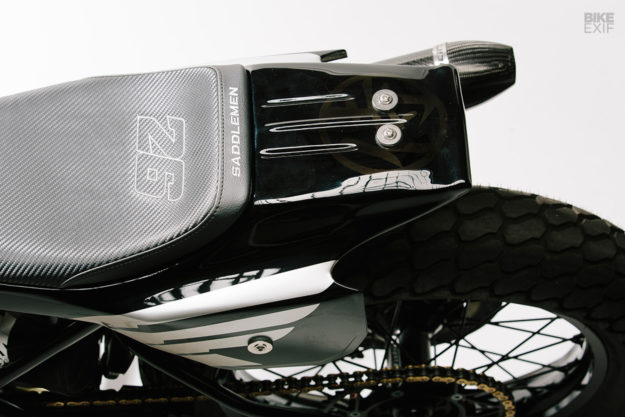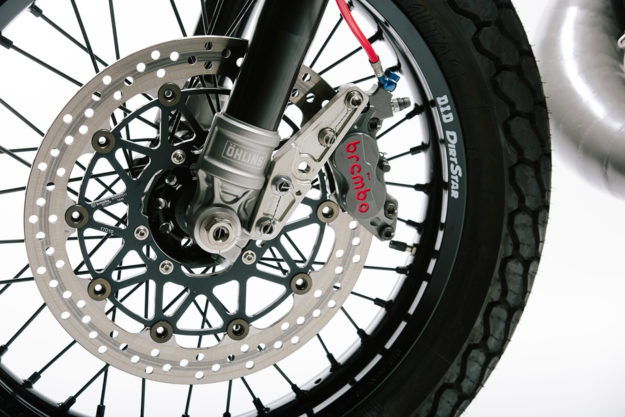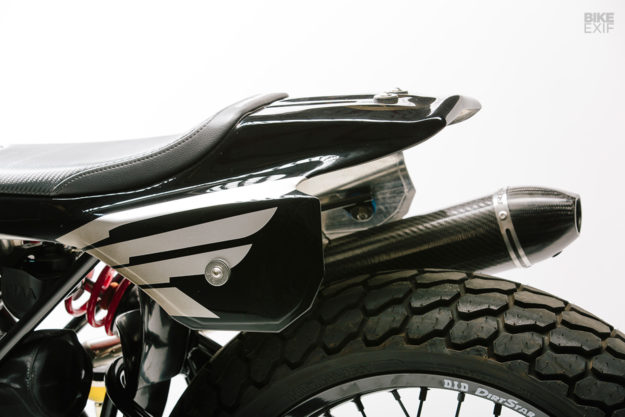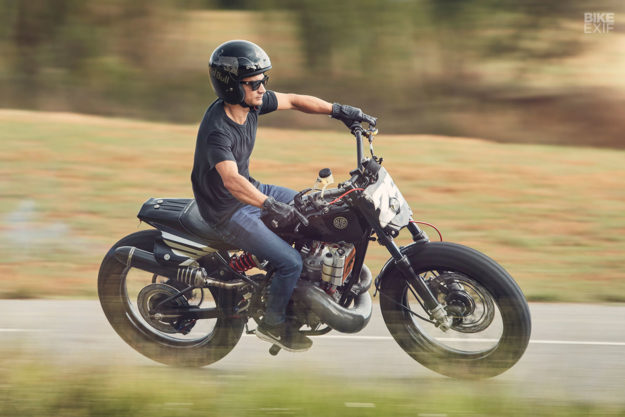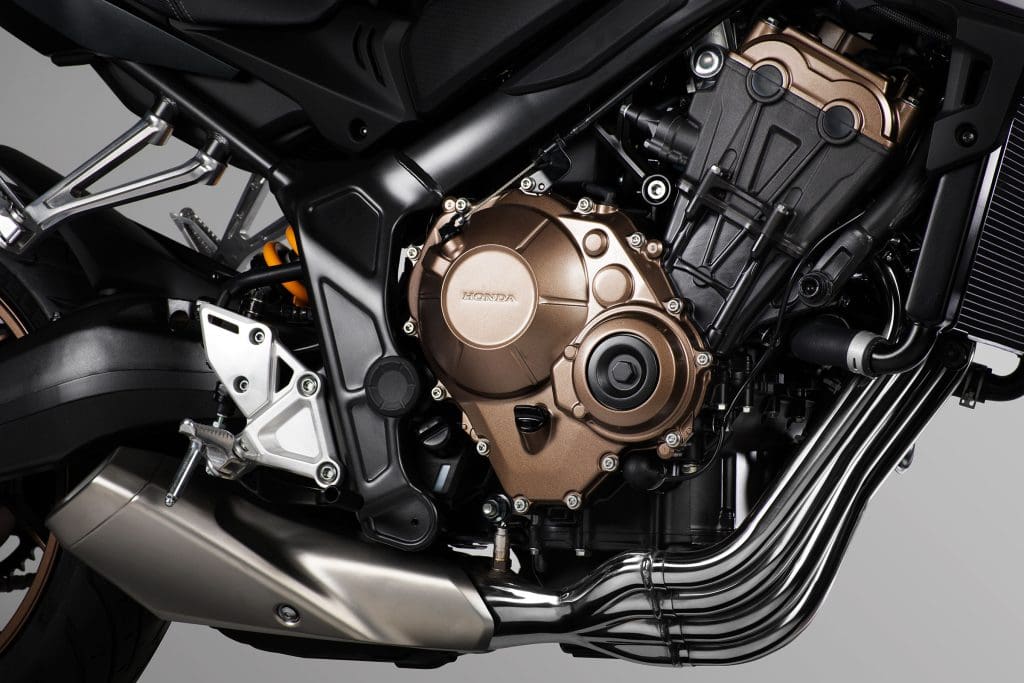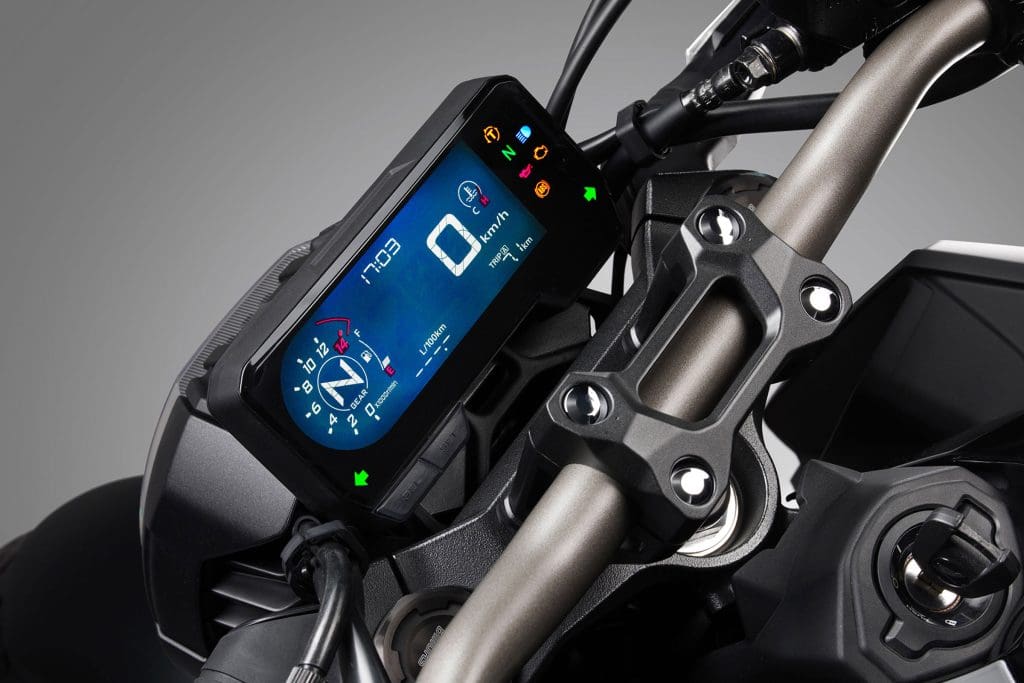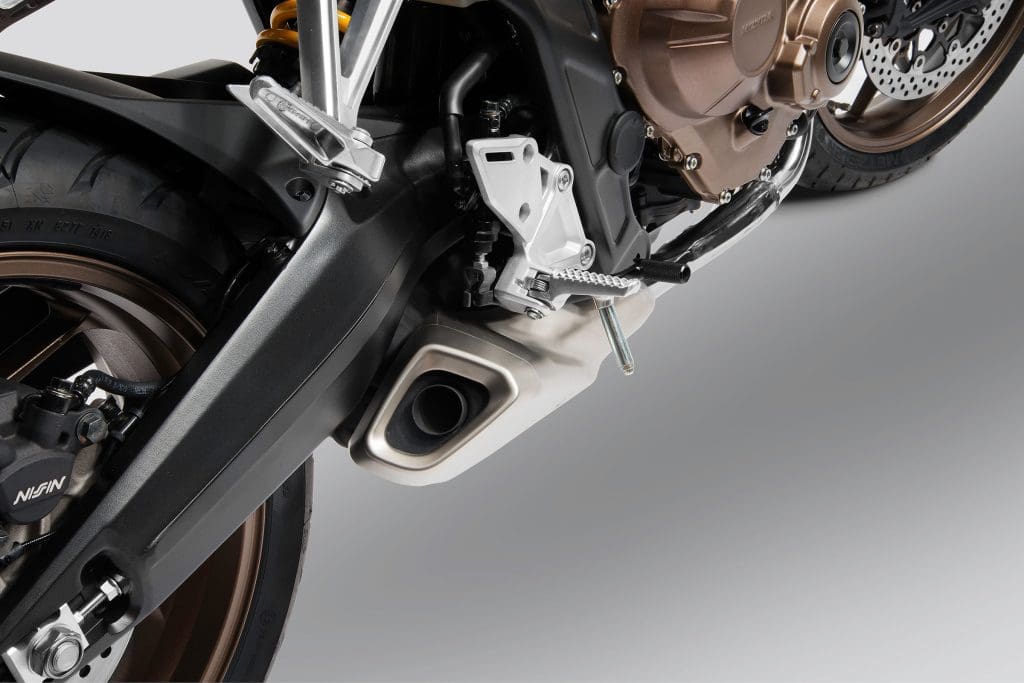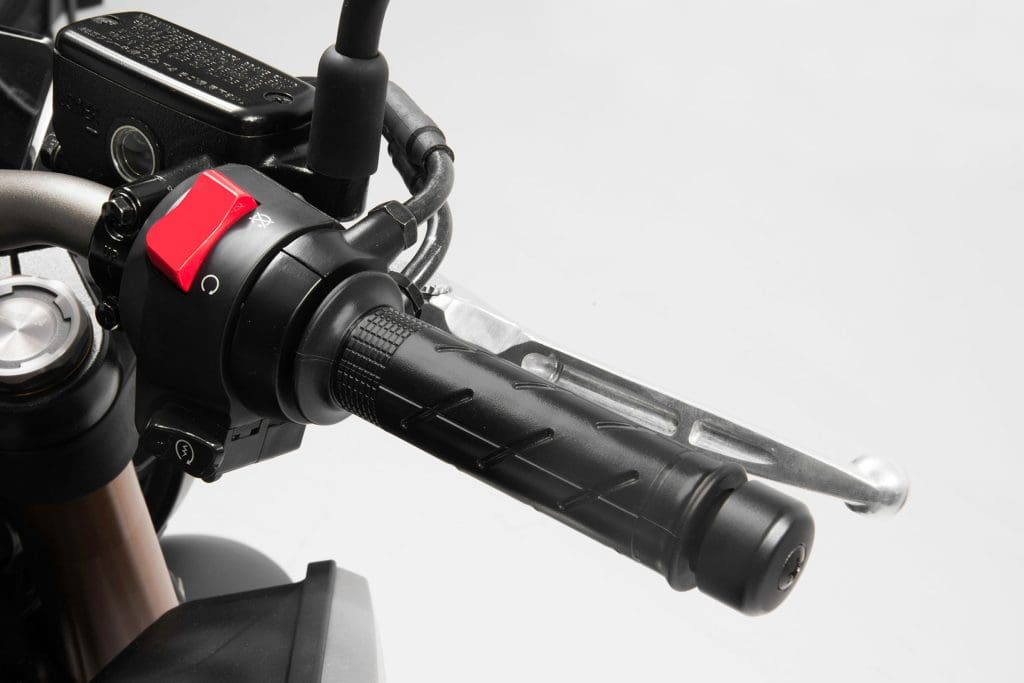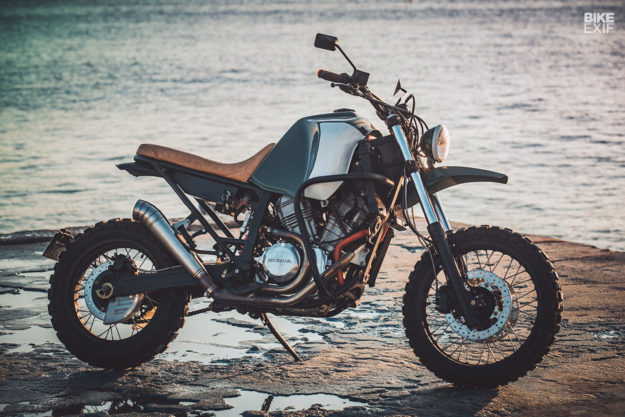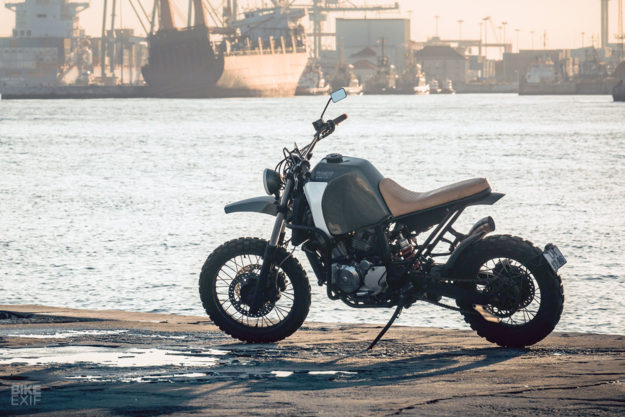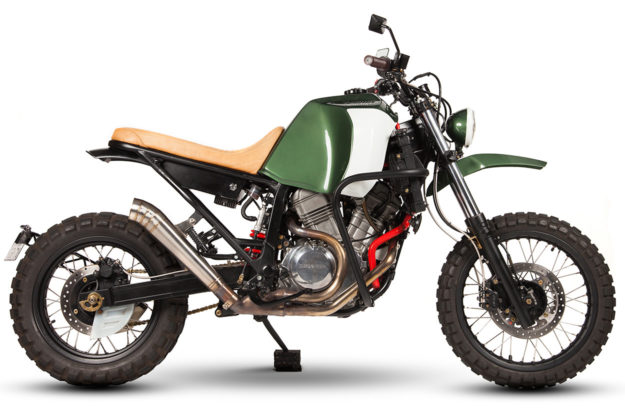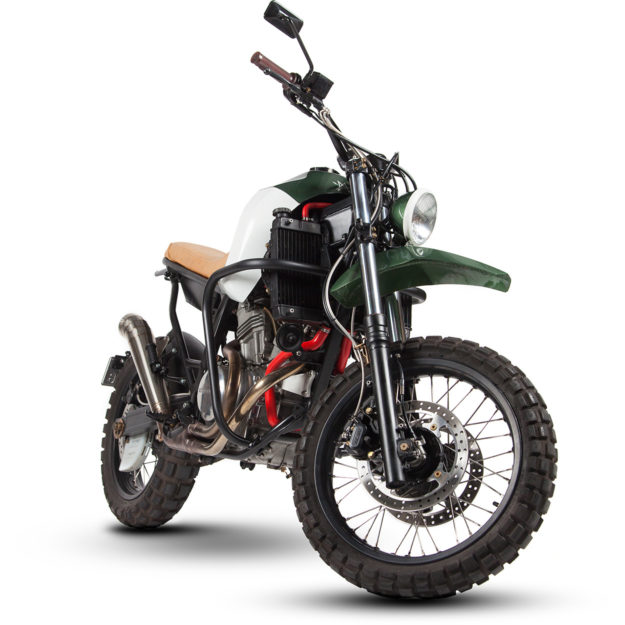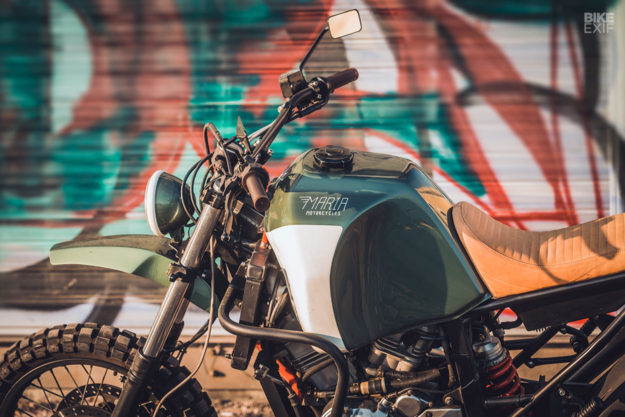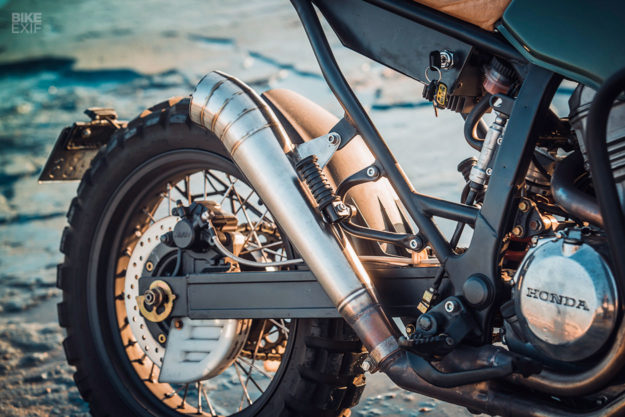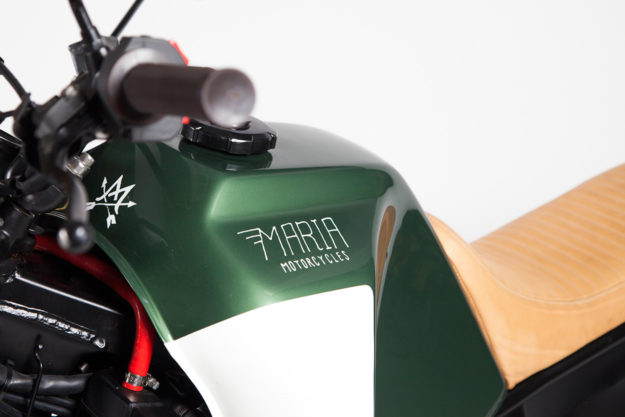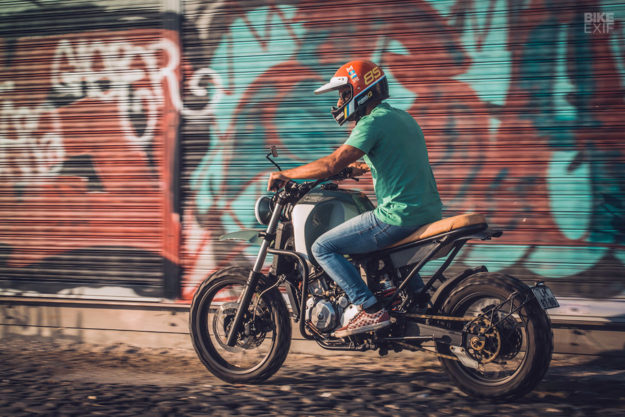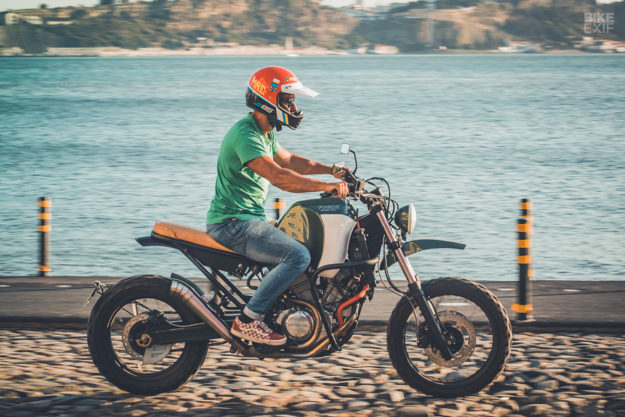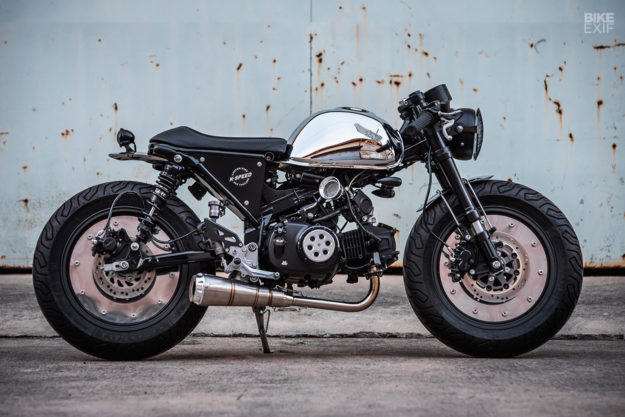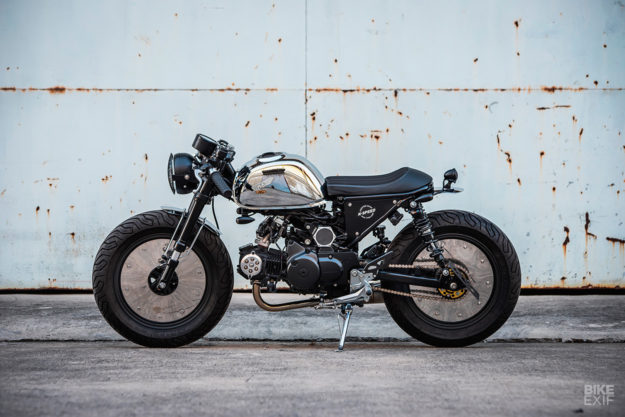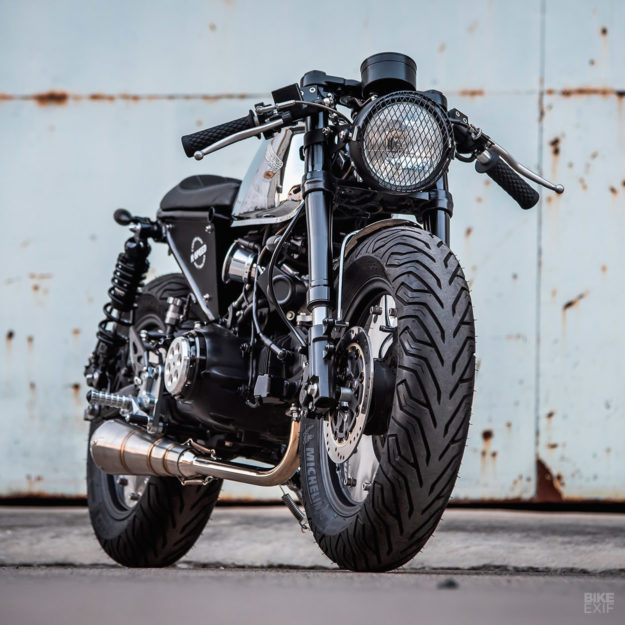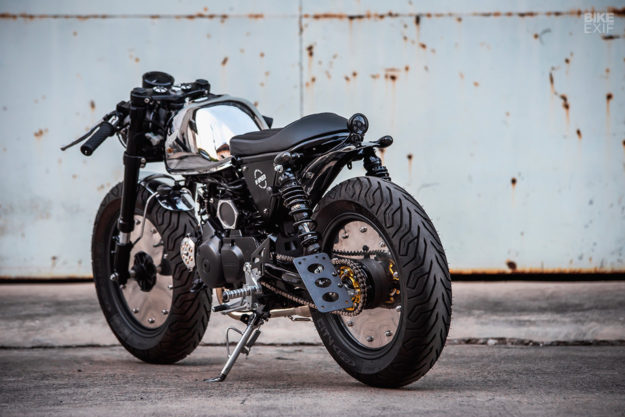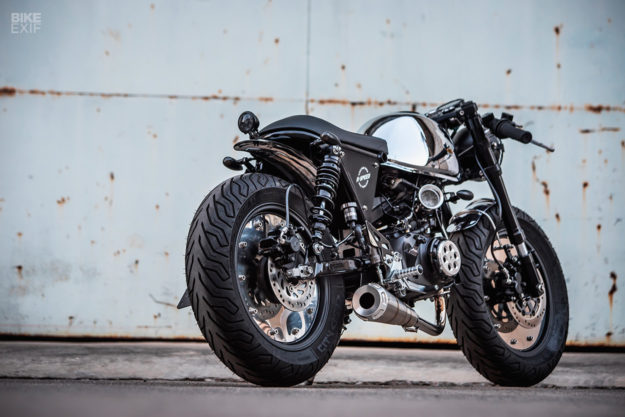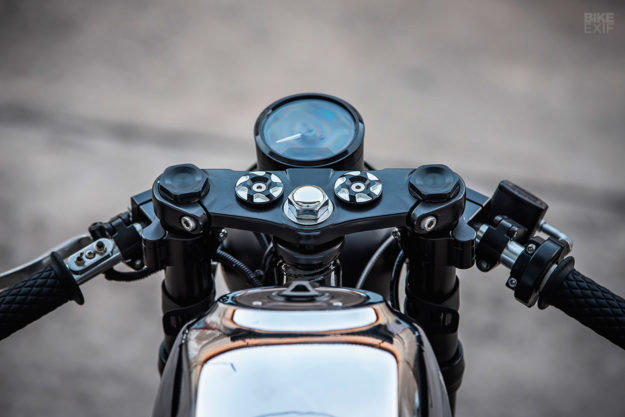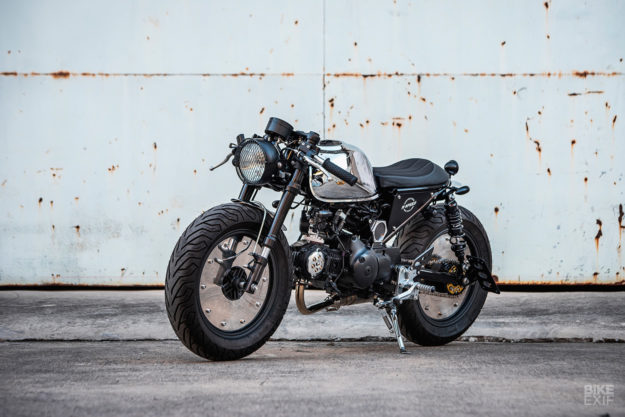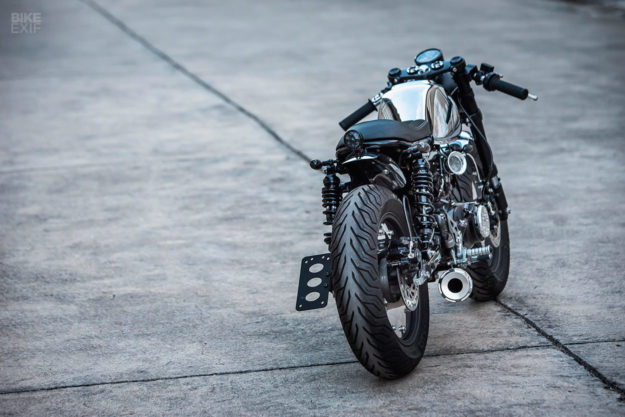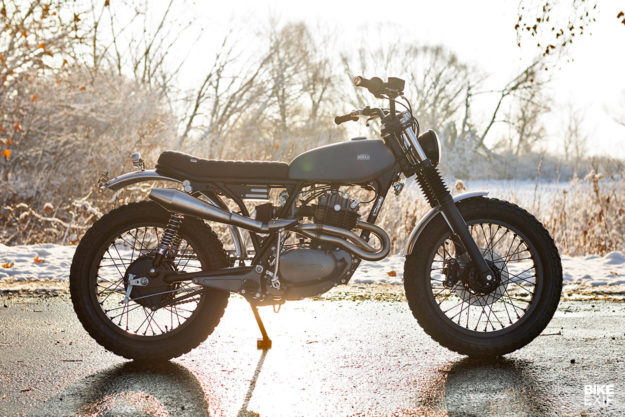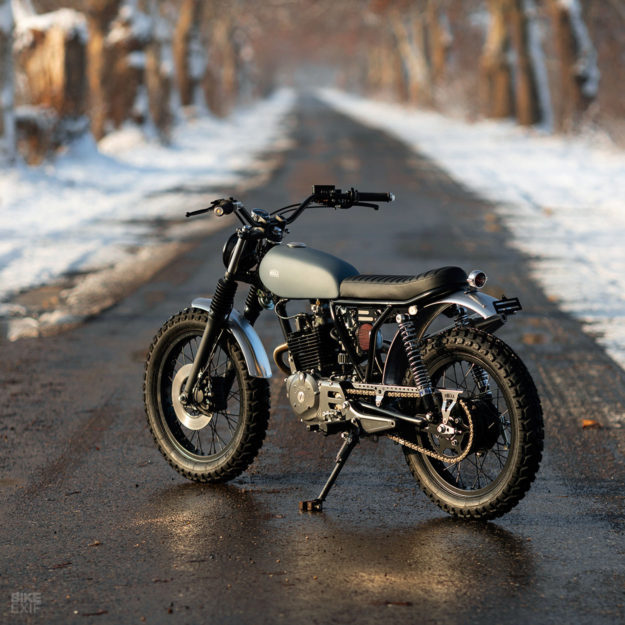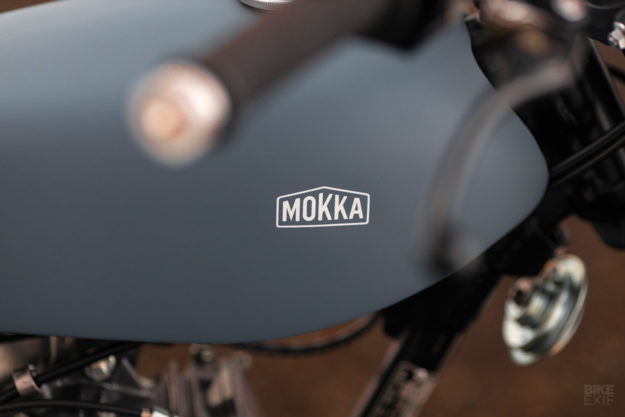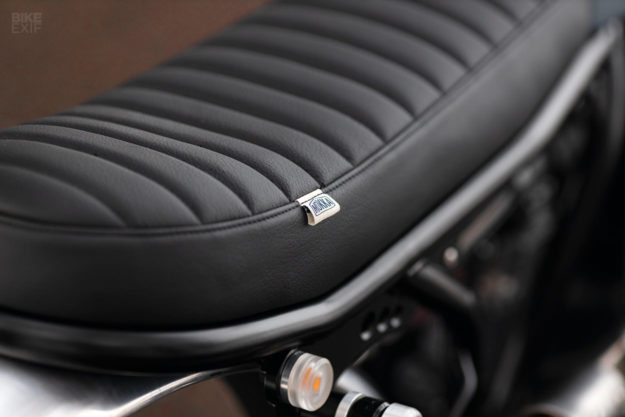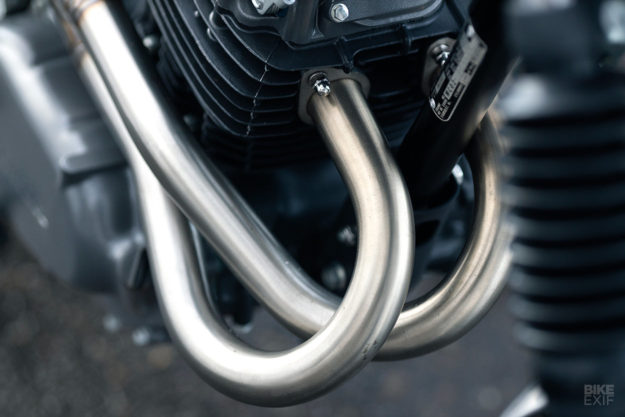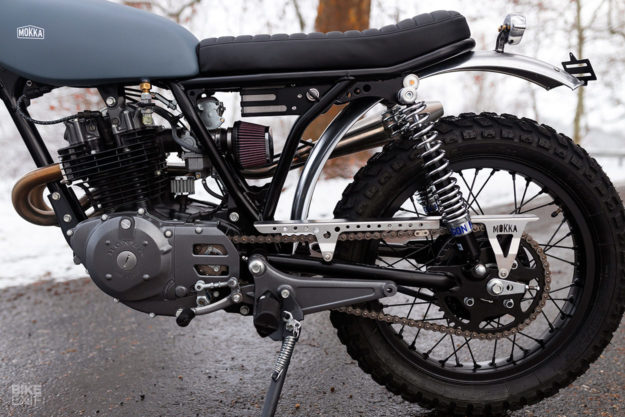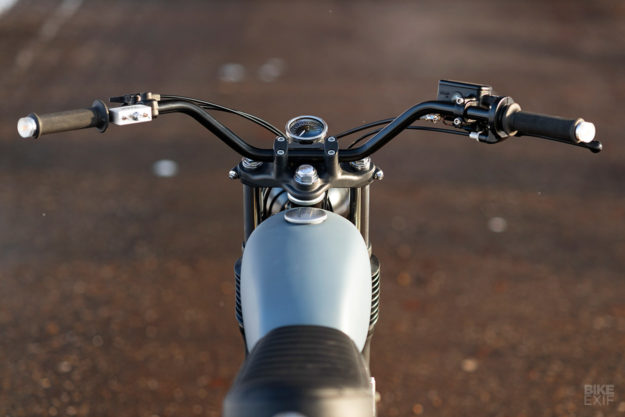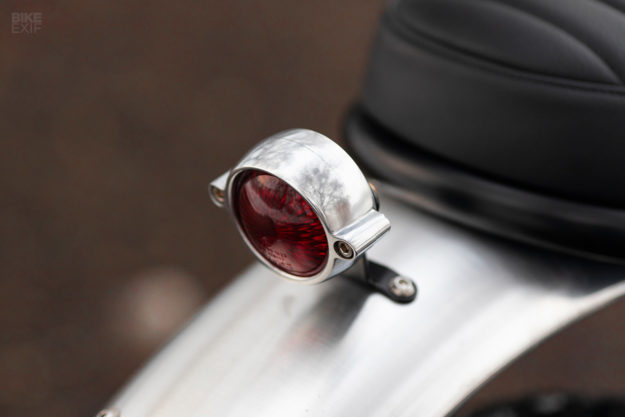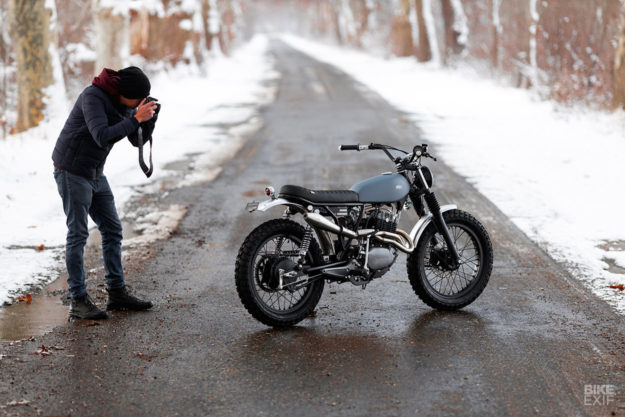![]()
For power junkies, the Honda CB1000R is one of the best roadsters on the market today. The build quality is superlative, the Fireblade-derived inline four pumps out a stonking 143 hp, and the Showa suspension is top-notch.
We’re on the fence when it comes to the ‘neo sports café’ styling though. So news of a custom competition to revamp the CB1000R piqued our interest at EXIF HQ. Dealer competitions are usually a bit hit-and-miss, but the standard is remarkably high in this one.
![]()
It’s run by Honda Iberia, and open to dealers in Spain, Portugal, and the Balearic Islands. Thirteen shops took up the challenge, and our favorite build is this flat track-inspired machine from Comercial Impala of Barcelona.
Impala is a ‘HondaONE’ dealer, a badge reserved for the very best concesionarios, and this custom will certainly bolster the reputation of their workshop.
![]()
“When they proposed that we customize a CB1000R, we had a lot of ideas immediately,” says Enric Ferreres, Impala’s commercial manager. “The bike is an incredible base. But we also had a limited budget. So we decided to build a motorcycle with only a few extras added. A flat track race bike was perfect.”
The budget for custom work was just €3,000—around $3,400. So a little ingenuity was required.
![]()
The Impala mechanics dismantled the original rear subframe and replaced it with a new one—designed in SolidWorks and made out of aluminum. “It’s shorter, lighter and more minimal than the original.”
All the subframe pieces were laser-cut and screwed together, with no welding required. Then, after checking that there was enough room for some of the CB1000R’s essential electrics, Impala crafted a tail and seat unit out of fiberglass.
![]()
The fiberglass tail was made to measure, respecting the original proportions of a typical flat tracker, and is a surprisingly good visual fit to the angular CB1000R tank. The one-piece unit screws directly to the new subframe.
The next job was to trim the wiring loom and remove any systems not required for the track. So it was goodbye to the traction control and ABS, the lights, the blinkers and the digital display.
![]()
The original bars were replaced by an oversized aluminum Jared Mees replica bend manufactured by the French specialist Neken. The left control buttons were binned, leaving only the start button on the right side of the bar.
The brakes had to stay, but the master cylinders (and hand levers) have been upgraded to Brembo components. In place of the headlight is a classic number plate, with laser-cut mounts again designed in SolidWorks for a factory-level fit.
![]()
Given the output of the stock engine, no substantial mods were necessary. But Impala have installed pod filters on custom mounts and an IXRACE exhaust system, deleting the catalytic converter. Interestingly, the CB1000R electronics handled the changes without any hiccups.
Impala have also swapped out the original Bridgestone S21 tires for more dirt-oriented Pirelli MT60s, and added custom fork protectors too—with brackets designed in CAD and using the mounting points of the original fender.
![]()
The icing on this particular cake is lustrous gold paint—a nod to the famous ‘Candy Gold’ seen fifty years ago on the grandfather of the CB series, the 1969 CB750.
But what we really want to know is: what’s it like to ride? “It’s awesome,” says Enric. “150 hp on the dirt track is crazy—and for expert riders only, jajaja!”
![]()
The good news is that Impala are probably going to produce a street version of this CB1000R, with all the legal niceties left intact. Now that could tip us over the edge to put the big inline-four in the EXIF garage.
Who else is feeling the vibe?
Honda Garage Dreams | Instagram | Honda Impala | Instagram | Images by Diego Bemúdez
![]()
